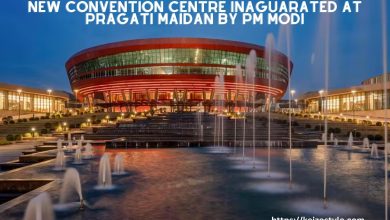
ntrainment in technology involves the use of various devices and systems designed to synchronize biological rhythms with external cues, enhancing health, productivity, and overall well-being. Here are some key areas where technology leverages entrainment:
1. Chronotherapy
Chronotherapy is a medical approach that optimizes the timing of treatment to align with the body’s natural biological rhythms. This can significantly improve the efficacy of treatments and reduce side effects. For example:
- Medication Timing: Certain medications are more effective when taken at specific times of the day. For instance, antihypertensive drugs taken at night may better control blood pressure, as this aligns with the body’s natural blood pressure rhythms.
- Cancer Treatment: Chemotherapy can be timed to target cancer cells when they are most vulnerable and normal cells are least sensitive, minimizing damage to healthy tissues.
2. Wearable Devices
Wearable technology plays a crucial role in monitoring and influencing biological rhythms. Devices such as smartwatches, fitness trackers, and sleep monitors offer features that help users synchronize their internal clocks with external cues:
- Sleep Tracking: Wearables can monitor sleep patterns, providing insights into sleep quality and duration. They can also recommend optimal sleep and wake times based on individual circadian rhythms.
- Light Exposure: Some devices include light sensors and can suggest exposure to natural or artificial light at specific times to help adjust circadian rhythms, especially useful for combating jet lag or seasonal affective disorder (SAD).
3. Smart Lighting Systems
Smart lighting systems can adjust the intensity and color temperature of light to mimic natural daylight cycles, promoting better sleep and alertness. These systems can be programmed to:
- Morning Light: Emit bright, blue-enriched light in the morning to help wake you up and increase alertness.
- Evening Light: Reduce blue light and emit warmer tones in the evening to signal the body that it’s time to wind down and prepare for sleep.
4. Digital Health Apps
Digital health applications provide personalized recommendations based on user data to promote healthier lifestyles through entrainment:
- Sleep Coaching: Apps can offer personalized sleep coaching based on tracking data, helping users establish consistent sleep schedules and improve sleep hygiene.
- Activity Reminders: By monitoring activity levels, these apps can prompt users to take breaks, exercise, or get some sunlight, helping to maintain a balanced and active lifestyle.
5. Virtual Reality (VR) and Augmented Reality (AR)
VR and AR technologies can create immersive environments that help in the entrainment of biological rhythms:
- Therapeutic Uses: VR environments can be designed to simulate natural settings, providing therapeutic benefits and helping users relax, which can be particularly beneficial for mental health.
- Training and Productivity: AR can enhance workplace productivity by creating optimal lighting conditions and reducing visual strain, thereby supporting better work rhythms.
6. Intelligent Personal Assistants
Intelligent personal assistants like Siri, Alexa, and Google Assistant can integrate with various smart home devices to create an environment conducive to healthy biological rhythms:
- Routine Management: These assistants can help manage daily routines by providing reminders and controlling home lighting and temperature, promoting better sleep and productivity.
- Health Monitoring: Integration with health monitoring devices allows these assistants to provide personalized health advice based on real-time data.




